| 结构式 | 名称/CAS号 | 全部文献 |
|---|---|---|
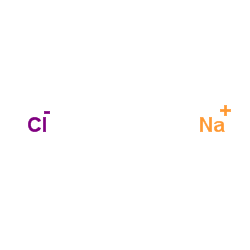 |
氯化钠
CAS:7647-14-5 |
|
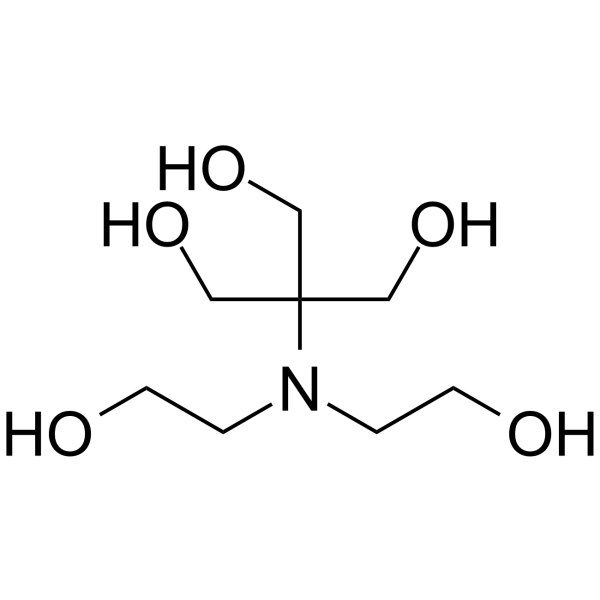 |
二(2-羟乙基)亚氨基三(羟甲基)甲烷
CAS:6976-37-0 |
|
 |
氯化钠-35cl
CAS:20510-55-8 |
|
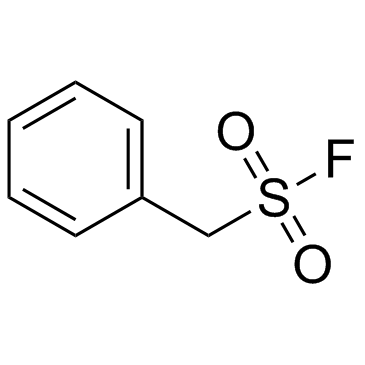 |
苄磺酰氟
CAS:329-98-6 |
|
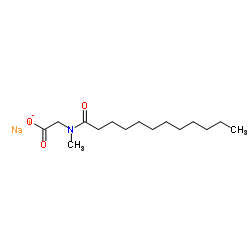 |
N-月桂酰肌氨酸钠
CAS:137-16-6 |
|
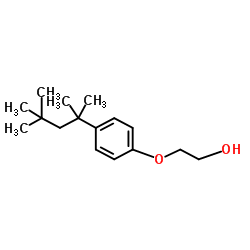 |
4-叔辛基苯酚单氧化物
CAS:2315-67-5 |
|
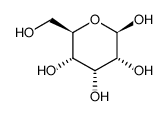 |
β-D-别吡喃糖
CAS:7283-09-2 |